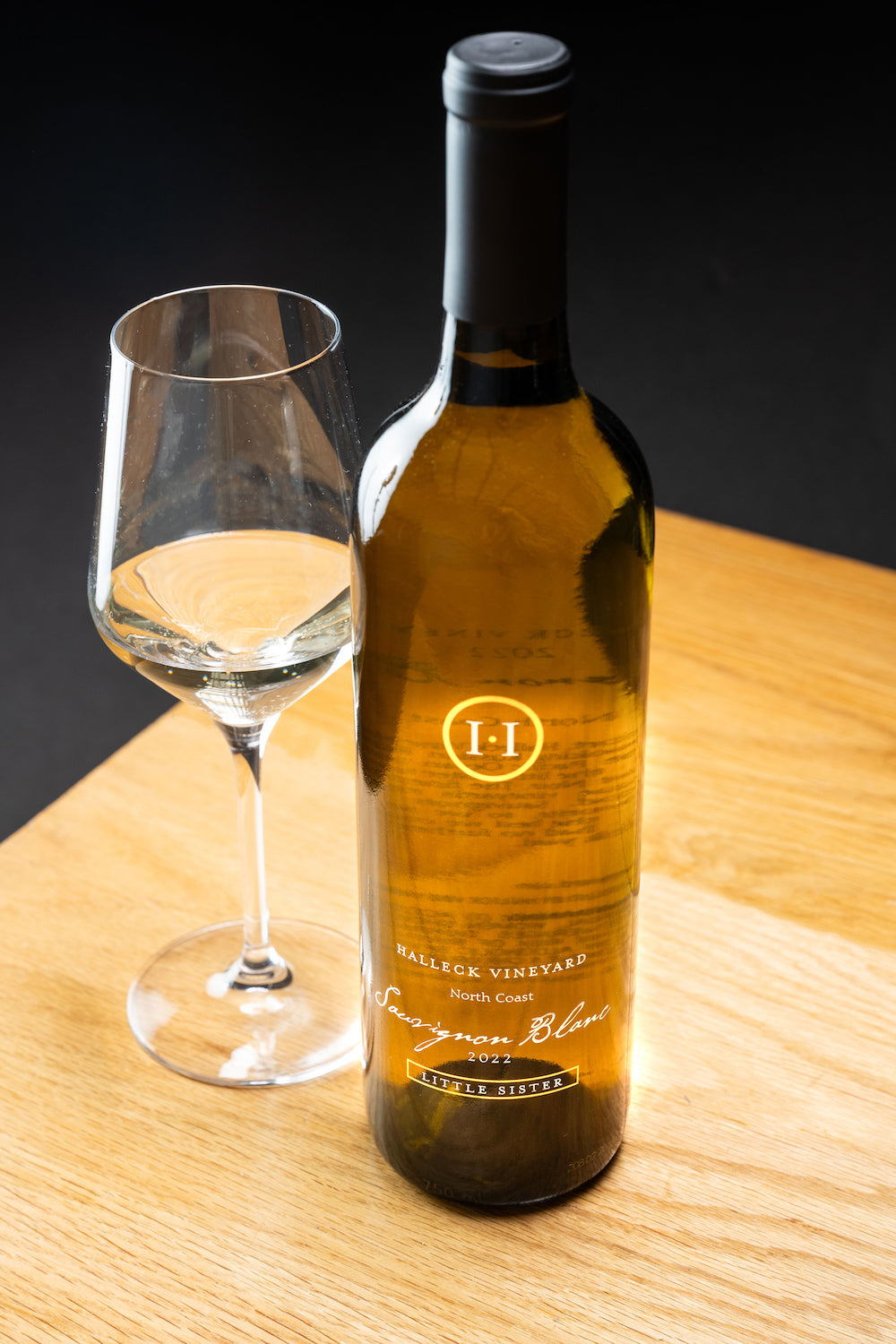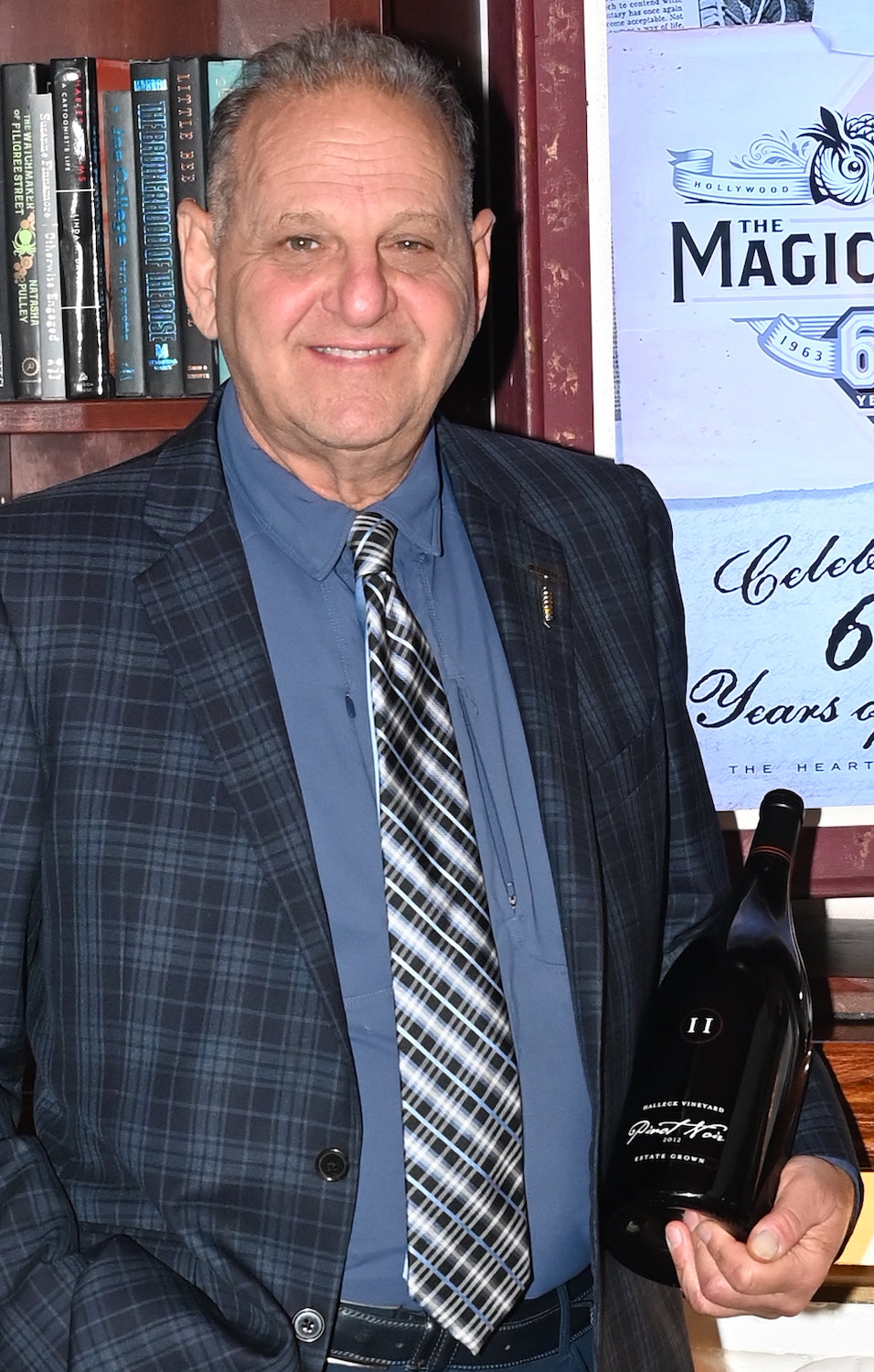Off The Beaten Path Wineries In Sonoma - Sebastopol Wine Tours And Vineyards
Off The Beaten Path Wineries In Sonoma - Sebastopol Wine Tours And Vineyards
Blog Article
Wineries Offering Off The Beaten Path Experiences - Unforgettable Wine Tastings In Sonoma
Wine tasting is an art that mixes sensory experience with an appreciation for the nuances of different varietals. How to gauge flavors in winery wine tasting sessions is pivotal to grasping the complexities of wine.
Engaging in a wine tasting entails more than merely sipping and savoring. It requires a focused approach to establish aromas and flavors that each wine presents. As you start, observe the wine's look, noting its color and readability. These visible cues often recommend a wine’s age, grape variety, and even potential flavor profiles.
The next step within the tasting process is to swirl the wine in your glass. This motion releases aromatic compounds which are vital for evaluation. Lean in and take a second to inhale deeply; the aromas can range from floral and fruity to spicy and earthy. The nose of the wine is just as necessary because the palate, and recognizing scents performs a significant position in understanding the overall experience.
When taking your first sip, enable the wine to maneuver throughout your palate - Wineries Offering Virtual Wine Tastings. Discover the preliminary flavors that present themselves. Is the wine fruity, floral, or perhaps herbaceous? This initial style offers perception into what the wine is more probably to express as you proceed to evaluate it. The mouthfeel additionally contributes to the general flavor experience; it could be silky, tannic, and even effervescent.
Wineries Featuring Vineyard Tours - Best Wine Tasting Spots In Sonoma County
As you continue tasting, pay attention to the wine’s stability. A well-balanced wine will harmonize acidity, sweetness, and tannins. If one element overwhelms the others, it would indicate a much less fascinating high quality. Evaluating steadiness may help you determine how well the wine would possibly pair with food.
Transitioning to the end, contemplate how the flavors evolve because the wine lingers in your palate. A lengthy, pleasant end can point out a high-quality wine, while a brief or abrupt end might recommend otherwise. Reflect on whether or not the flavors remain consistent or if new notes emerge as the wine settles. This progression can reveal complexities and intricacies that might not have been obvious within the initial tasting.
Temperature can additionally be an important factor in evaluating wine flavors. Totally Different kinds of wine are optimally loved at specific temperatures. White wines typically shine when chilled, while purple wines usually carry out best at room temperature. When tasting, ensure the wine is at the acceptable temperature to fully recognize its character.
Best Chardonnays From Sonoma Winemakers - Best Winery In Sonoma For Quality Wine
Pairing food with wine can significantly improve the tasting experience. Foods can influence the perception of flavors in wine, both highlighting sure characteristics or diminishing them. When evaluating flavors, think about how the wine interacts with different foods, noticing which flavors are amplified or muted (Wineries Ideal For Large Groups).

Think About the influence of terroir as you engage in a winery tasting. Terroir encompasses the unique environmental elements that have an result on grape growing, together with soil composition, local weather, and geography. Understanding a wine's terroir can present perception into its flavors and aromas, fostering a deeper appreciation for the choices made throughout its cultivation and production.
Education performs a fundamental position in enhancing one's ability to evaluate wine flavors. Studying about grape varieties, wine areas, and production methods can pave the best way for extra informed judgments during tastings. Moreover, attending workshops or classes can refine sensory skills and broaden your flavor vocabulary, enabling you to articulate tasting notes extra successfully.

Finally, it's essential to keep in thoughts that evaluating wine flavors is a highly personal experience. Individual preferences and perceptions will invariably form one’s tasting journey. Enjoyment must be on the forefront, with the evaluation course of acting as a software to reinforce understanding and appreciation rather than create rigid pointers.
Wineries With Artisan Chocolate Pairings In Sonoma - The Charm Of Sonoma Wineries
In conclusion, mastering how to evaluate flavors in winery wine tasting periods entails a mixture of sensory engagement, knowledge, and practice. By learning to identify aromas, assess the balance, and appreciate the intricacies of flavor, wine enthusiasts can deepen their connection to every bottle they encounter. As with any art type, the more one immerses themselves within the experience, the more they'll discover and enjoy the vast world of wine.
- Begin by observing the wine's colour and clarity, as these visual components can hint at its flavor profile and growing older potential.
- Swirl the wine gently in your glass; this releases aromatic compounds, permitting you to better establish the advanced scents associated with the wine.
- Take a deep inhale earlier than tasting, specializing in both primary and secondary aromas to collect insights on fruits, spices, and different nuances.
- When tasting, allow the wine to coat your palate; note the preliminary flavors, the mid-palate complexity, and the end as these stages can present completely different flavor highlights.
- Pay consideration to texture and mouthfeel, as elements such as tannin levels, acidity, and sweetness contribute significantly to the overall tasting experience.
- Examine flavors against standard wine characteristics; for purple wines, think about berry notes, oak affect, and herbal tones, whereas whites might include citrus, stone fruits, and floral hints.
- Take notes through the tasting session to trace your impressions, helping you to recollect and evaluate the totally different wines sampled.
- Discuss your findings with fellow tasters or winery staff, as sharing insights can enhance understanding and appreciation of individual flavors.
- Allow time for the wine to breathe; typically, flavors evolve and reveal new dimensions after being exposed to air.
- Experiment with food pairings through the tasting as they'll dramatically alter how flavors are perceived, influencing general enjoyment.undefinedWhat should I search for when evaluating the aroma of wine throughout a tasting?
Begin by swirling the wine in your glass to release its aromas. Bring the glass to your nostril and take a deep breath. Pay attention to the primary scents you detect, as these are sometimes the most distinguished. Look for fruit, floral, herbal, or earthy notes and attempt to identify particular characteristics, which can deepen your understanding of the wine's complexity.
Wineries Offering Off The Beaten Path Experiences - Exploring The Vineyards Of Sonoma

How can I distinguish between different flavor profiles in wine?
Perceive that flavor profiles are often categorized as fruit, floral, herbaceous, spicy, or mineral. Take small sips and permit the wine to coat your palate. Discover the first flavors that emerge first and the refined notes that follow. This layering is important in distinguishing the wine's traits and can help you appreciate its unique profile.
Small Batch Wineries In Sonoma Valley - Luxury Wine Tasting In Sonoma County
What is the importance of the wine's texture in a tasting?

The texture of the wine, also called mouthfeel, performs an important role in how we understand flavors. Pay attention to whether the wine feels easy, creamy, or gritty. The physique of the wine (light, medium, or full) can enhance or distinction with flavors, offering a more rounded experience during tasting.
How do I assess the steadiness of flavors in wine?
Stability in wine refers to the concord between acidity, sweetness, tannin, and alcohol. Take a second to evaluate whether or not these parts complement or intrude with one another. A well-balanced wine could have none of its elements overpowering the others, creating a pleasing tasting experience.
Beautiful Picnic Areas At Sonoma Wineries - Top Sonoma Wine Tasting Destinations
What role does temperature play in evaluating wine flavors?
Temperature can significantly influence the notion of flavors. see Typically, pink wines are best served slightly under room temperature, whereas white wines get pleasure from being chilled. As the temperature changes, the aromas and flavors can shift, permitting you to understand completely different traits. It’s important to style wine at its optimal temperature for true analysis.
Wineries Known For Handcrafted Wines - Sonoma Wine Tastings
How can I enhance my tasting skills over time?
Practice is vital to improving your tasting skills. Wineries Offering Charcuterie And Wine Pairings. Attend tastings, keep a journal of your experiences, and explore different varieties of wines to broaden your palate. Additionally, learning about wine manufacturing and grape varieties can present context that enhances your analysis course of, making you a extra informed taster.
Is there a selected order during which I should taste the wines?
Sonoma's Top Sparkling Wine Producers - Enjoying Wine In Sebastopol
Yes, it’s advisable to taste wines from light to full-bodied and dry to candy. This development prevents the stronger flavors from overshadowing the extra delicate ones, permitting you to totally recognize every wine's characteristics and nuances without palate fatigue.
How can I consider the aftertaste of wine?
Popular Wineries With Outdoor Seating In Sonoma - Sonoma's Premier Wine Tasting Events
The aftertaste, or end, is an important facet of the wine-tasting experience. After swallowing, take note of how long the flavors linger in your palate and whether or not they change. A long, pleasant end is commonly an indicator of a high-quality wine, whereas a brief or unpleasant finish may More Info counsel in any other case.
Why is it important to note the wine’s acidity during tasting?
Acidity contributes to the general freshness and construction of the wine. Pay attention to the tingling sensation on your tongue; larger acidity can improve the wine's liveliness and balance out sweetness. Noting acidity helps decide the wine's versatility with food and its growing older potential.
What should I do if I struggle to determine specific flavors in wine?
Remarkable Craft Wineries In Sebastopol - Wineries With Outdoor Tastings In Sebastopol
Struggling to identify flavors is common, especially for beginners. Focus on broader categories and describe what you'll be able to acknowledge, corresponding to candy or earthy notes. With practice, studying about completely different flavor profiles, and maybe using flavor wheels, you will refine your senses and develop a more nuanced strategy to tasting. Report this page